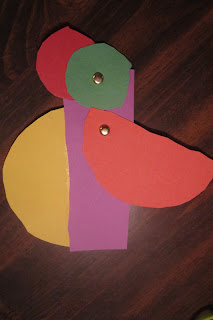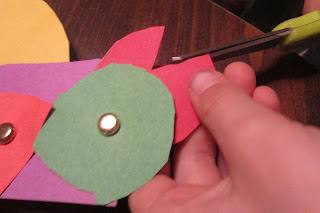Circum-Caribbean:
Taino
1.
Review:
Who
are the Native American? Native Americans are the people who lived
in America before it was discovered by Columbus. Columbus named the
people Indians because he thought he had landed in the Indies. There
are many different tribes of Native Americans and they lived all over
North and South America, but we will be learning about the North
American Indians.
The tribes each had their own language and customs that we will
learn about.
2.
Map
Skills:
Look at the Native American Regional Map and show students the
Circum-Caribbean region. Point out where Columbus first landed in
the Bahamas.
3.
Discuss:
Fill out the Tribes Chart after reading each section. Have the child
listen closely to choose what word to put on the chart. Bold type
words are good suggestions.
- Habitat: Circum-Caribbean The Taino, also known as the Arawaks, migrated from the Caribbean coast of South America, moving northward along the island chain of the lesser Antilles to the greater Antilles. They lived on Hispaniola too. On his first expedition to the New World, Columbus was impressed by the peaceful nature of the Taino, and often wrote about the richness and productivity of the land.
- Homes: The Taino houses, or bohios were made out of palm wood. They were circular buildings with poles providing the primary support, the roof was thatched with palm leaves. People slept in cotton hammocks or on simple mats of banana leaves. They also made wooden chairs with woven seats and built cradles for their children. The Taino had a flat court in the center of the village which was used for ball games and festivals. Houses were around the court.
- Dress: The men were generally naked, but the women sometimes wore short skirts. Men and women adorned their bodies with paint, shells, gold, and other decorations.
- Food: The Taino farmed, hunted and fished. They grew a soft variety of corn and sweet potatoes. The Taino diet centered around meat or fish as the primary source of protein. There weren't many wild animals to hunt on Hispaniola, but there were some small mammals that they hunted. They were able to hunt ducks and turtles in the lakes and sea.
4. Read:
Chapter 4-5 in Christopher
Columbus by Amie Jane Leavitt
5.
Comprehension
questions:
- What region did the Taino live in? Circum-Caribbean
- What kind of homes did the Taino build? Bohios
- What kind of clothes did the Taino wear? Naked, short skirts, paint, shells and gold
- How did the Taino get their food? Hunted, farmed and fished
The First Americans
I copied page 5 in Native
Americans A Complete Thematic Unit by Jill Norris for J. He wrote something that he already knew about Native Americans then he drew a picture.
Parrot
Discuss:
The Taino lived on the island with colorful birds called parrots.
They gave Columbus a some parrots to take back to Spain for the king
and queen.
Explain
what a radius and diameter of a circle are, and show the child how to
use a compass and a ruler.
- Materials:
- Scissors
- Card stock in assorted colors
- Hole punch
- Glue
- 2 Paper fasteners
- Multicolored craft feathers for parrot plumage
- Flexible straws
- Instructions:
- 1. Cut out the shapes as shown from the card stock. Use a ruler to cut a purple body 6x1.5 inches. Use a compass to cut a circle for the orange wing and yellow belly with a 5 inch diameter and then cut the circles in half. Use a compass to cut a circle for the green head and red beak with a 2 inch diameter.
- 2. Punch an eyehole in the center of the head and another in the top of the wing as well as the rectangular body, where you will fasten the pair together.
- 3. Glue the head on top of the body, then glue the straight edge of the belly to the body. For the beak, glue the red circle to the head and snip out a small pie wedge.
- 4. Attach the wing with a paper fastener. Then give your parrot some fancy plumage by gluing craft feathers to its head, wing, and tail.
- 5. Finally, glue a flexible straw to the back of the body for holding the parrot, and another to the back of the wing so you can flap it.
- Growing Corn
- We used page 52 in Native Americans : Primary Thematic Unit by Leigh Severson to grow our own maize and observe it for a few months. Fill your clear plastic cup with potting soil.
- Observe the corn along the side of the cup. You can see the roots and stem really well if you use clear plastic cups and plant the seeds along the side. Observe the roots once a week.
- Keep a record of your corn each week.
- It's getting tall, time to replant. Still growing!
- Our maiz corn!
- Popped Corn
- Then we did the experiment on page 151 in More Than Moccasins by Laurie Carlson to pop our own corn. As we ate our pop corn we read The Popcorn Book by Tomie de Paola.
We planted Maiz Corn.
Add the seeds along the side of the cup and cover it with a bit more soil.
Give the Maiz a little water every few days.
Measure the corn stock every few weeks.
See the roots?
And growing!
Time to pick it!





































1 comment:
Sorry but Columbus landed first in what is now known as Dominican Republic and Haiti not Bahamas.
Post a Comment